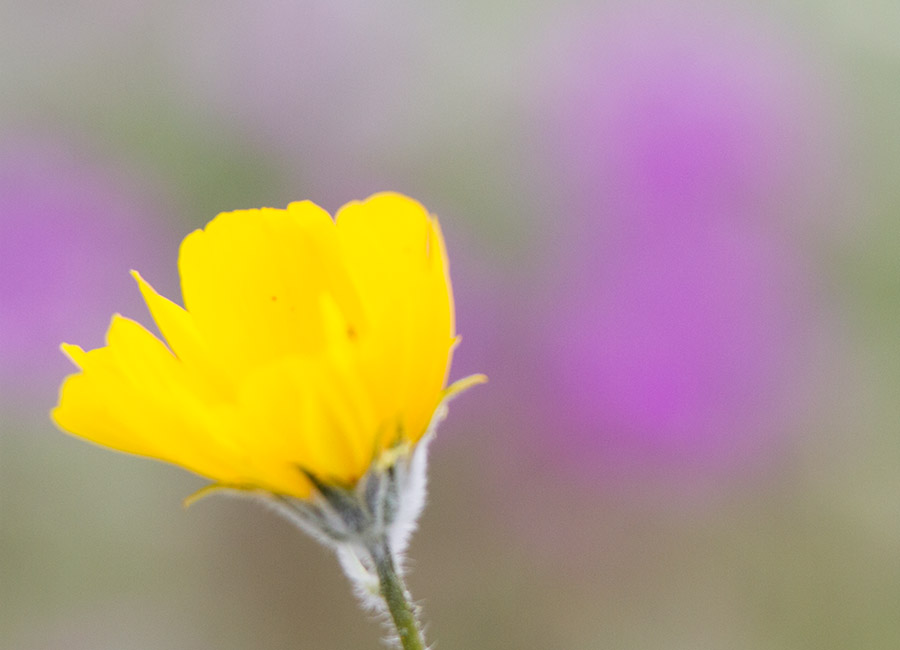 I recently wrote an article about why sharpness isn’t always that important. I argued that relative sharpness is what really matters, and not so much absolute sharpness. As long as your subject is sharp relative to other parts of the photo, that should be enough to make it stand out.
I recently wrote an article about why sharpness isn’t always that important. I argued that relative sharpness is what really matters, and not so much absolute sharpness. As long as your subject is sharp relative to other parts of the photo, that should be enough to make it stand out.
I still strongly believe in that idea, but I also want to make clear that I’m not saying your photos should be “blurry” — there’s still a minimum level of sharpness you should strive for, unless you’re intentionally trying to make things look blurry (i.e. you want to show motion).
If you think some of your photos are too blurry, and you don’t want them to be blurry, then here are five things that could’ve caused the problem:
1 — Camera movement
The more your camera moves while taking a photo, the more blurry the photo will be. Luckily, there’s many ways to correct this problem: using image stabilization on your lens and/or camera, using proper hand-holding techniques that ensure you’re holding your camera securely, or your best option is to use a tripod which keeps your camera completely still.
2 — Subject movement
Just like the camera, the more your subject moves while taking a photo, the more blurry it’ll be in the photo. In nature photography, there’s not much you can do to battle this problem, but you can try using a faster shutter speed or you can also try to emphasize that movement and use it to show motion.
3 — Shutter speed is too slow
In a previous article, I explained how you can use a longer shutter speed to show motion. If you want to show motion, then go ahead and use that longer shutter speed. Blurry parts of your image are totally okay as long as they’re intended to be blurry. But, if something is blurry that you want to be sharp, then maybe it’s because your shutter speed is too slow. Try using a faster shutter to help “freeze” the action of your subject.
If you’re handholding your camera, then in general you want to make your shutter speed 1/(focal length of lens) or faster. So, for example, if you’re using a 100mm lens, then you should stick with a shutter speed of 1/100s or faster. This is with image stabilization ON, and again it’s just a general rule—your hands may be better (or worse) at keeping things still (mine are worse, unfortunately).
4 — Improper focus point
Another common problem that leads to blurry photos is improper focus. If one part of your photo is sharp, but other parts are blurry, then it might be because you’re focusing on the wrong spot. How to choose the right focus point is a big topic that I’ll write about in a future article, but in general you want to focus where you want the sharpest part of the image to be—this is where your viewers will usually look first. I’d also recommend using back-button autofocusing to help you get better control of autofocus, since it rarely focuses where you want it to.
5 — Improper depth of field
Another thing that can make some parts of your image sharp while other parts are blurry is improper depth of field. The key thing to look for here is distance between the sharp spots and blurry spots. If the blurry spots are farther away from the sharp spots, that’s a good indication that depth of field might be the problem. Remember the three things that affect depth of field: aperture, focal length, and distance between your camera and the focus point. Adjust those three things to get the right depth of field you’re looking for.
What did I miss?
Can you think of another thing that causes blurry photos? If so, please share it with us by leaving a comment below. Thanks! 🙂
Get more nature photography tips in our free weekly newsletter
 About the Author: Steve Berardi is a nature photographer, software engineer, and founder of PhotoNaturalist. You can usually find him hiking in the beautiful mountains and deserts of southern California.
About the Author: Steve Berardi is a nature photographer, software engineer, and founder of PhotoNaturalist. You can usually find him hiking in the beautiful mountains and deserts of southern California.
How about Lens Correction. A lens may be within specs as well as the camera being in spec. But if a lens is on one the upper limit let’s say and the camera body is on the low end, couldn’t that cause photos to lack sharpness?
Hey Tim, I think this can definitely make a photo less sharp, but not often to the point where it would be considered “blurry”
One more that can definitely cause blurry photos, for which there does not appear to be any reason, is when you have image stabilization turned on while shooting on a tripod.
Ah yes, good point!
How about aperture too small (F stop too high)? It’s rarely encountered in my experience, but it can cause diffraction problems.
If you are shooting from inside your car, it is best to shut off the engine. Motor vibration can cause blurry images. Same with boats.
Subject blur is easiest to do perfectly when not wanted; but, damn near ‘impossible’ to do when wanted — that’s the way I find it LOL!
Those darn heat waves can cause blurriness, or at least lack of sharpness, and there doesn’t seem to be much you can do about it…